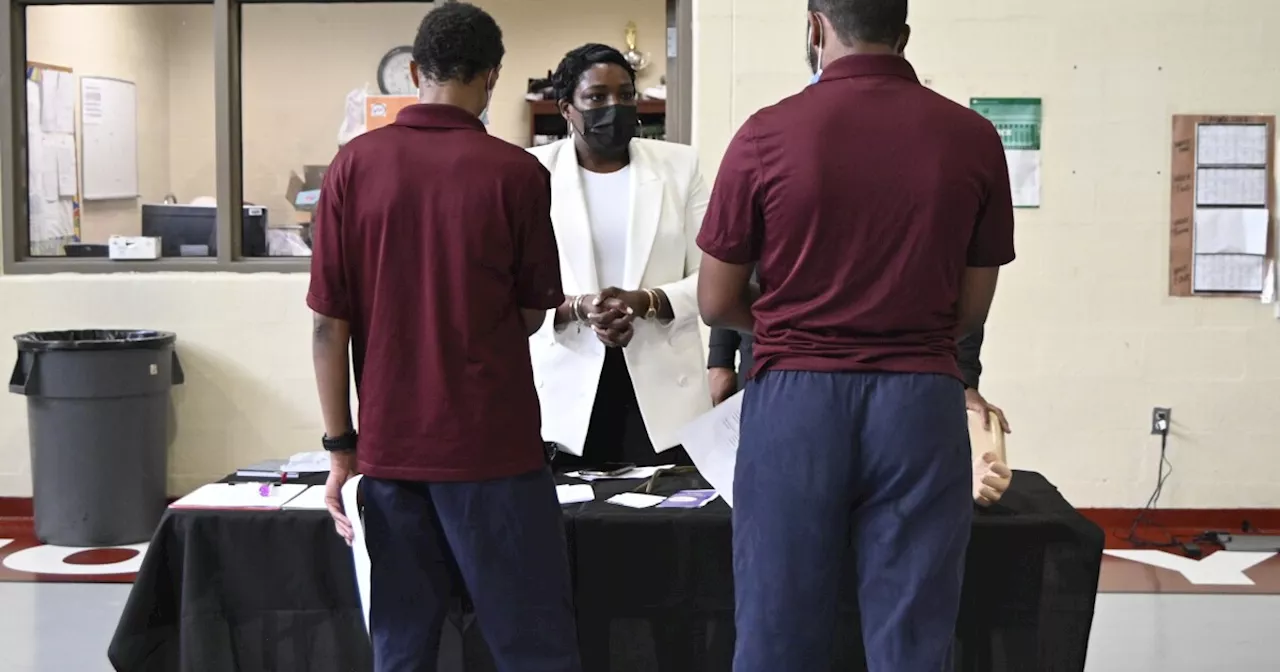The US Centers for Disease Control and Prevention is expanding its infectious disease surveillance program at four major US airports to more than 30 pathogens, including flu, RSV and other respiratory viruses.
The Traveler-based Genomic Surveillance program, led by CDC’s Travelers’ Health Branch, was introduced during the Covid-19 pandemic to detect new SARS-CoV-2 variants and other pathogens through nasal swab and wastewater sample collection from arriving international travelers at US airports. “We have known that travelers are a very important population to consider for tracking new and emerging infections,” Dr.
Since the program’s inception, the agency has worked alongside Ginkgo Bioworks, a biotech company focused on building a global biosecurity infrastructure to empower governments, communities, and public health leaders to prevent, detect, and respond to a wide variety of biological threats.
United States Latest News, United States Headlines
Similar News:You can also read news stories similar to this one that we have collected from other news sources.
 Cold, flu, COVID-19 and RSV: How to identify the differing symptoms and stay safeWith the common cold, flu, COVID-19 and RSV all presenting a threat of illness this fall and winter, here's how to distinguish between the symptoms of each condition.
Cold, flu, COVID-19 and RSV: How to identify the differing symptoms and stay safeWith the common cold, flu, COVID-19 and RSV all presenting a threat of illness this fall and winter, here's how to distinguish between the symptoms of each condition.
Read more »
 Youths say boredom and basic needs landed them at Maryland detention centersIncarcerated teens tell NPR how they landed at detention centers in Maryland.
Youths say boredom and basic needs landed them at Maryland detention centersIncarcerated teens tell NPR how they landed at detention centers in Maryland.
Read more »
 Youths say boredom and basic needs landed them at Maryland detention centersIncarcerated teens tell NPR how they landed at detention centers in Maryland.
Youths say boredom and basic needs landed them at Maryland detention centersIncarcerated teens tell NPR how they landed at detention centers in Maryland.
Read more »
 Youths say boredom and basic needs landed them at Maryland detention centersIncarcerated teens tell NPR how they landed at detention centers in Maryland.
Youths say boredom and basic needs landed them at Maryland detention centersIncarcerated teens tell NPR how they landed at detention centers in Maryland.
Read more »
 Thieves target Seattle fitness centersThieves are targeting fitness centers in the greater Seattle region, again.
Thieves target Seattle fitness centersThieves are targeting fitness centers in the greater Seattle region, again.
Read more »
 After October festivities, Illinoisans smash thousands of pumpkins to divert them from landfills, cut methaneAfter being squashed, the pumpkins are sent to processing centers to be turned into compost.
After October festivities, Illinoisans smash thousands of pumpkins to divert them from landfills, cut methaneAfter being squashed, the pumpkins are sent to processing centers to be turned into compost.
Read more »
